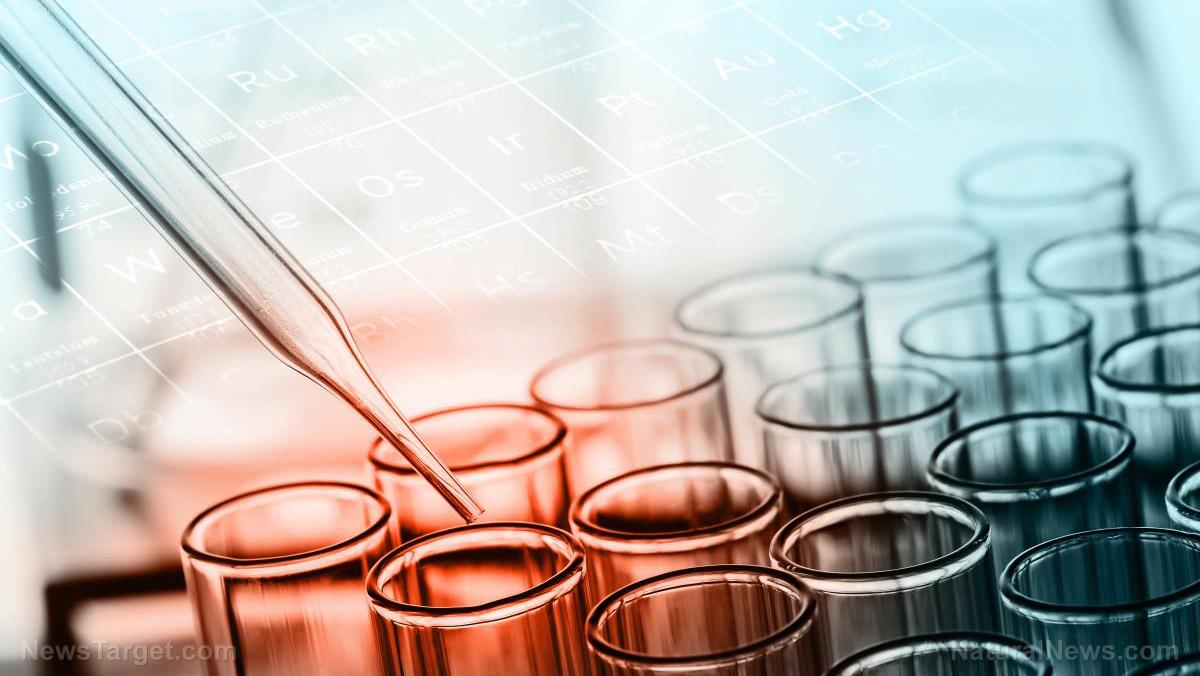Brave new world: 3D-printed ovaries produce healthy offspring
05/27/2017 / By Bridgette Wilcox

A team of all-female scientists have managed to successfully implant a set of functional 3D-printed ovaries in a female mouse, which managed to ovulate, gestate, give birth to, and even nurse healthy pups. The study, which will be published in Nature Communications, paves the way for game-changing breakthroughs in human fertility and reproductive health.
The scientists, according to a report on MedicalXpress.com, removed the ovaries from a female mouse and replaced it with a bioprosthetic set made out of 3D-printed scaffolds and containing live immature eggs. The ovaries were able to restore fertility in mice and help boost their hormone production. The material used for the artificial ovaries was a gelatin made from broken-down collagen. The material in particular is crucial because the scientists required a scaffold that was strong enough to be moved around during surgery, but soft and porous enough to be able to integrate with the body tissues of the mouse.
While the study was focused on rats, the scientists hope that the study will break ground for humans, particularly for women with compromised fertility and hormone production after being subjected to cancer treatments in adulthood and childhood.
“What happens with some of our cancer patients is that their ovaries don’t function at a high enough level and they need to use hormone replacement therapies in order to trigger puberty,” Monica Laronda, co-lead author of the study, said in the report. “The purpose of this scaffold is to recapitulate how an ovary would function. We’re thinking big picture, meaning every stage of the girl’s life, so puberty, through adulthood, to natural menopause.”

3D-printed bodies?
If only for the role they play in creating human life, the idea of functional, 3D-printed ovaries opens up a Pandora’s box of ethical concerns. In fact, the whole idea of 3D-printed organs is rather questionable. Still, that has not stopped scientists from conducting research and making strides in the field of artificial body parts.
When it comes to 3D-printing organs, finding the best “ink” or material may be the most important and challenging part of the process. According to FastCompany.com, scientists from the Wake Forest Institute for Regenerative Medicine are examining the use of gels filled with cells and a biodegradable material that shapes the particular tissue. The artificial organs are kept alive by small channels in their structure that absorb nutrients and oxygen. The researchers arrived at a breakthrough in 2016 when they successfully printed and implanted a 3D-printed human ear, jawbone, and muscle tissue. For the first time, the artificial organs stayed alive after implantation.
“We have been able to print human scale constructs that, when implanted in experimental models, developed a system of nerves and blood vessels and were functional,” said Wake Forest Institute director Anthony Atala. “The research indicates that tissue structures printed with the system have the right size, strength, and function for use in humans.
While the team had already previously implanted artificial organs including skin, urethras, cartilage, and bladders in patients with great success, they are only just wading into the field of bioprinted organs. That said, even with all their cutting edge discoveries, it could take a while before humans are walking around with body parts that were created by a printing machine.
Sources include:
MedicalXpress.com
FastCompany.com
Submit a correction >>
Tagged Under:
3D printing, ovaries, reproductive health
This article may contain statements that reflect the opinion of the author





















